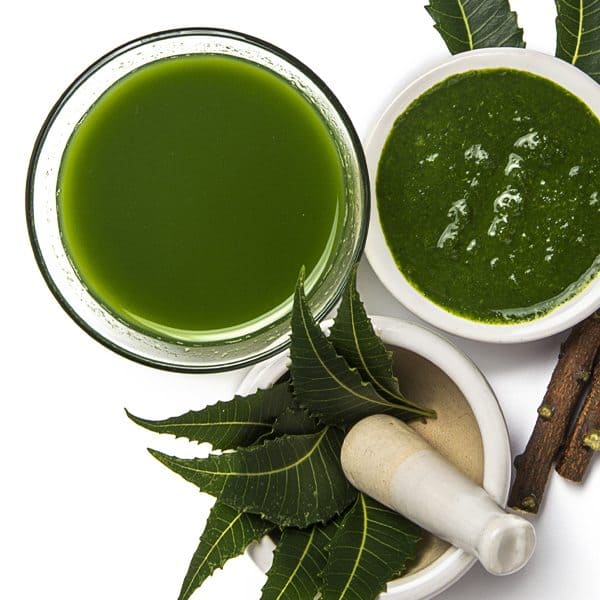Azadirachta Indica (Neem): Nature’s Most Powerful Healing Tree
Azadirachta Indica (Neem): Nature’s Most Powerful Healing Tree
Blog Article
Introduction
Known as the “Village Pharmacy” in India, Azadirachta indica, or Neem, is one of the most revered trees in traditional medicine. For thousands of years, it has been used in Ayurveda, Unani, and homeopathy to treat a wide range of conditions—both internal and external.
With its distinctive bitter taste, antimicrobial power, and remarkable versatility, Neem is not just a part of Indian folklore but a scientifically backed healing powerhouse. Let’s dive into the benefits, uses, and importance of this ancient tree.

1. Botanical Overview
- Scientific Name: Azadirachta indica
- Common Names: Neem, Indian Lilac
- Family: Meliaceae
- Native To: India, Pakistan, Bangladesh; now grown in tropical/subtropical regions worldwide
- Parts Used: Leaves, bark, seeds, flowers, and oil
The Neem tree is fast-growing, evergreen, and drought-resistant, reaching up to 20 meters in height. Its small white flowers have a sweet aroma, and the fruit resembles an olive.
2. Medicinal Properties of Neem
Neem contains a range of bioactive compounds such as nimbin, azadirachtin, and nimbidin. These contribute to its healing power.
Key Properties:
- Antibacterial
- Antifungal
- Antiviral
- Anti-inflammatory
- Antiseptic
- Antipyretic (fever-reducing)
- Anti-diabetic
- Immunomodulatory
Thanks to this combination, Neem is often used in treating skin conditions, infections, diabetes, and even boosting immunity.
3. Health Benefits of Neem (Point-Wise)
✅ 1. Skin Care & Treatment of Skin Diseases
Neem is often called the ultimate skin healer.
- Treats acne, pimples, and scars
- Reduces inflammation in eczema and psoriasis
- Heals minor wounds and burns
- Fights fungal infections like athlete’s foot and ringworm
- Purifies the blood when taken internally
How to Use: Neem leaf paste or Neem oil applied directly to affected areas.
✅ 2. Dental & Oral Health
Chewing Neem twigs has been an ancient Indian practice.
- Natural toothbrush: Neem sticks clean the mouth and strengthen gums
- Fights cavities and gum diseases
- Reduces plaque and bad breath
- Included in many herbal toothpastes and mouthwashes
Tip: Rinse with boiled Neem leaf water for a refreshing mouthwash.
✅ 3. Blood Purification & Detoxification
Neem is known to cleanse the blood, supporting liver and kidney function.
- Removes toxins from the body
- Helps with clearer skin and better digestion
- Often used during seasonal detox routines in Ayurveda
Best Form: Neem tea, capsules, or powdered leaf with warm water.
✅ 4. Controls Blood Sugar Levels
Neem leaves help regulate blood glucose.
- Improves insulin sensitivity
- Reduces sugar absorption in the gut
- Helpful for type 2 diabetes management (but should not replace prescribed medication)
Tip: 5-10 Neem leaves on an empty stomach (after consulting a doctor).
✅ 5. Boosts Immunity
Neem acts as a natural immunity booster.
- Stimulates white blood cell production
- Fights bacterial, viral, and parasitic infections
- Supports overall disease resistance
Form: Neem juice or capsules, especially during flu season.
✅ 6. Scalp and Hair Health
Neem is often used in shampoos and hair oils.
- Treats dandruff and itchy scalp
- Kills lice naturally
- Encourages healthy hair growth
How to Use: Neem oil mixed with coconut oil; Neem water rinse post-shampoo.
✅ 7. Natural Insect Repellent & Pesticide
Azadirachtin, one of Neem’s main compounds, is a powerful insect repellent.
- Used in organic farming as a pesticide
- Safe for plants but toxic to pests like aphids, mealybugs, and mosquitoes
- Neem oil is also used in home insect sprays
DIY Spray: Mix Neem oil with water and a few drops of liquid soap.
✅ 8. Anti-Cancer Potential (Emerging Research)
Early studies show Neem has anti-proliferative properties.
- May inhibit growth of certain tumor cells
- Being explored for use in cancer prevention and support therapy
- Encouraging, but requires more clinical research
4. Traditional Uses in Ayurveda
Neem is deeply rooted in Ayurvedic medicine, often used in:
- “Panchakarma” detox therapies
- Herbal lepas (pastes) for external skin application
- Kashayams (decoctions) for fever and infections
- Ubtan (herbal scrub) for bridal skincare rituals
Neem is considered “Tikta” (bitter) and “Katu” (pungent), which makes it useful for reducing Pitta and Kapha doshas.
5. Modern Uses & Products
Today, Neem is found in many health and beauty products:
- Herbal soaps, shampoos, and face washes
- Neem capsules and tablets for internal health
- Neem-based mosquito coils and creams
- Neem toothpaste and oil-based dental gels
- Organic farm sprays
It’s a growing ingredient in the natural wellness and green living movements.
6. Precautions and Side Effects
While Neem is generally safe, it should be used carefully:
- Pregnant women should avoid Neem internally—it may cause uterine contractions
- Excessive use (especially of Neem oil) can cause nausea or toxicity
- Children under 5 should not be given Neem oil internally
Always consult a healthcare provider, especially if you’re on medication.
7. Neem in Daily Life – Easy Ways to Use It
- Add Neem leaves to bathwater to soothe skin
- Use Neem oil in face masks or moisturizers
- Drink Neem tea or water once or twice a week for detox
- Burn dried Neem leaves to repel mosquitoes at night
- Use a Neem twig for natural teeth cleaning (traditional "datun")
Conclusion
Azadirachta indica isn’t just a plant—it’s a pharmacy, garden, and guardian all in one. From skincare to immunity, agriculture to oral health, Neem is a true gift from nature. In a time when the world is turning toward organic and sustainable solutions, Neem stands tall as an age-old answer that’s more relevant than ever.
Embrace Neem in your daily routine—not just as a remedy, but as a lifestyle.
Report this page